How Future Healthcare Technology is Elevating At-Home Care
Curious about how these trends are reshaping the way we approach at-home care? Read on to explore the technologies leading this revolution and their impact on patients, caregivers, and healthcare professionals.
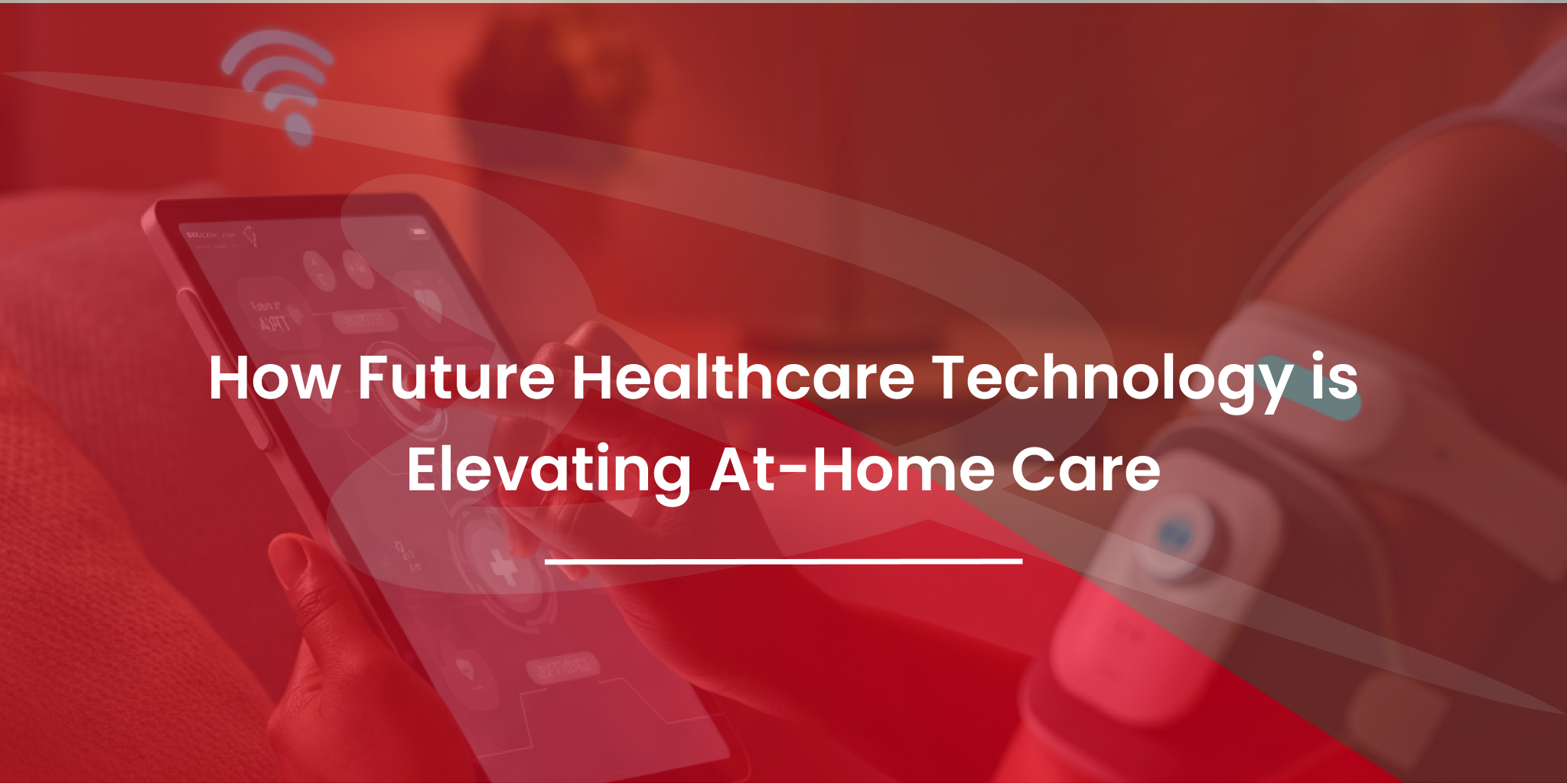
At-home healthcare has undergone a remarkable transformation in recent years. Thanks to future healthcare technology, patients are now benefiting from cutting-edge digital health tools like remote patient monitoring, telehealth advancements, and AI-driven solutions. These new innovations are improving efficiency, enhancing patient outcomes, and making healthcare more accessible than ever before.
Curious about how these trends are reshaping the way we approach at-home care? Read on to explore the technologies leading this revolution and their impact on patients, caregivers, and healthcare professionals.
The Evolution of At-Home Care
The roots of at-home care date back centuries, when traveling physicians visited patients in their homes. While the 20th century shifted care delivery to hospitals and clinics, the demand for in-home healthcare has re-emerged, driven by aging populations, chronic disease management, and a need for cost-effective care.
Today, at-home care isn’t just about convenience; it’s being redefined by modern healthcare technology. Telehealth advancements, remote monitoring devices, and smart home technologies are empowering patients and healthcare providers to collaborate seamlessly, even from a distance.
Why Technology Matters in Modern At-Home Care
Healthcare technology trends bring immense value by addressing key challenges in traditional care models, including limited accessibility and excessive costs. By leveraging tools such as remote patient monitoring and AI in healthcare, organizations can minimize hospital readmissions, improve chronic disease management, and deliver equal care to remote populations.
Telehealth Advancements: Making Healthcare Accessible from Home

Telehealth services have seen a surge in popularity, especially during the COVID-19 pandemic when in-person visits became challenging. With just a smartphone or laptop, patients can connect with doctors, seek medical advice, and even receive prescriptions without leaving their homes.
The Benefits of Virtual Doctor Visits
For patients, telehealth removes logistical barriers like travel time and long wait periods. For healthcare providers, this model improves patient volume, reduces overhead costs, and allows for more flexibility in delivering care.
A real-world example of telehealth’s impact came during the pandemic when global telehealth usage increased by over 60%, according to a study published in San Antonio Express-News. This exponential growth highlighted telehealth’s potential to meet both urgent and long-term healthcare needs.
Key takeaway: Telehealth consultations have set a foundation for more inclusive, accessible healthcare delivery.
Remote Patient Monitoring (RPM) Technologies

Another critical aspect of the at-home healthcare revolution is the rise of remote patient monitoring (RPM). These devices, often in the form of wearable sensors, continuously track health metrics like heart rate, glucose levels, and blood pressure.
Real-Time Data for Proactive Care
RPM solutions collect real-time data, enabling doctors to detect potential health risks earlier and take quick action. This approach is particularly useful for chronic disease management, as patients with conditions like diabetes or hypertension can receive continuous care without frequent hospital visits.
Examples of RPM Devices
- Smart Glucose Monitors for tracking blood sugar levels in diabetes patients.
- Fitness Watches that monitor heart rhythm to detect early signs of arrhythmia.
- Blood Pressure Sensors that alert patients to unsafe deviations in blood pressure.
Studies from NCBI reveal that patients using RPM technologies report increased satisfaction and health outcomes.
Key takeaway: Remote patient monitoring is bridging the gap between continuous care and patient autonomy.
The Role of AI in Healthcare
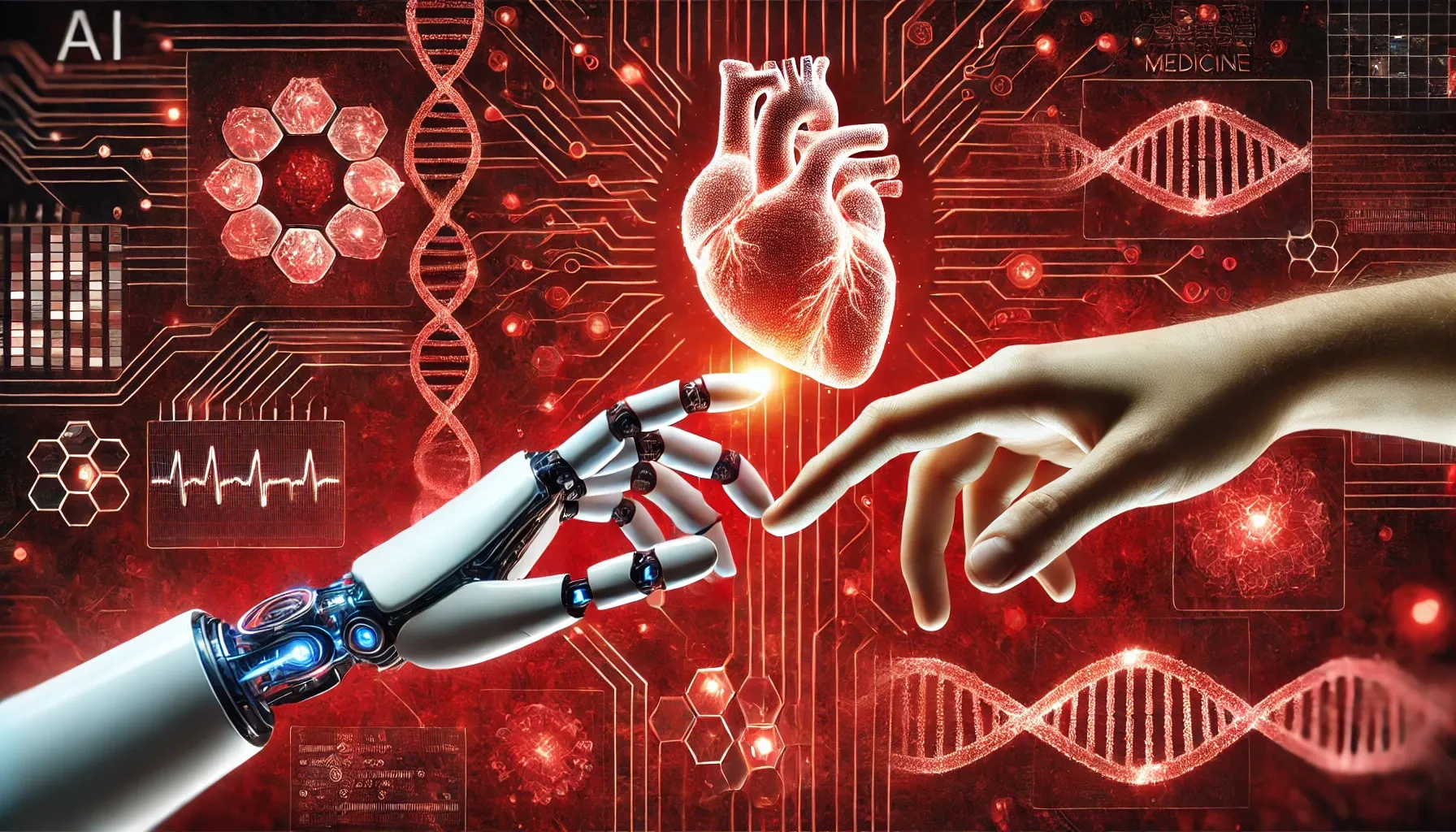
Artificial intelligence (AI) is another game-changer in the field of at-home care. From AI-driven diagnostic tools to virtual assistants, these innovations make healthcare more predictive, personalized, and efficient.
How AI Enhances At-Home Care
AI systems like virtual health assistants use machine learning to answer patient questions, monitor symptoms, and provide medication reminders. Additionally, predictive analytics can flag potential health issues before symptoms escalate, allowing patients to seek timely medical attention.
Case Study: AI and RMP Integration
Recent research on arXiv shows how combining AI with remote monitoring enhances chronic disease management. For example, AI can analyze RPM data to detect anomalous patterns, alerting providers instantly to potential emergencies.
Key takeaway: AI-influenced healthcare is creating smarter, more proactive care ecosystems right in patients’ homes.
Integration of Smart Home Medical Devices
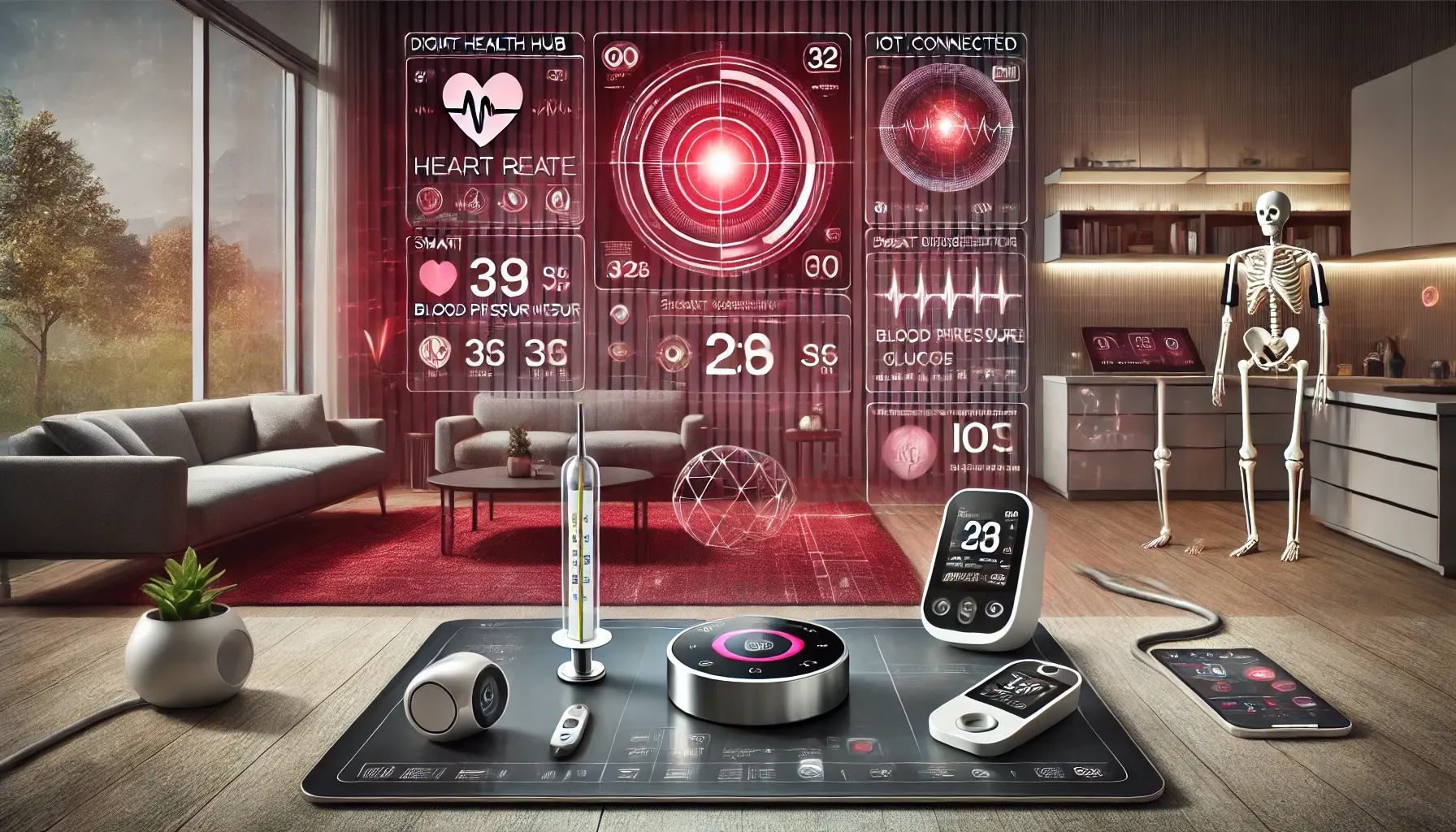
Smart homes aren’t just for convenience anymore; they’re fast becoming health hubs. These homes utilize devices like automated pill dispensers and voice-activated health assistants to streamline care experiences.
Improving Safety and Comfort
Smart technologies increase patient independence and safety. For example, motion sensors can detect falls, while voice-activated emergency alerts allow instant access to help. Other applications include managing medication schedules or even monitoring room air quality for respiratory patients.
Key takeaway: Smart home medical devices help bridge the gap between caregivers, patients, and healthcare professionals.
Benefits of Technological Advancements in At-Home Care
The integration of telehealth, RPM, AI, and smart home devices in healthcare technology has resulted in numerous benefits, including:
- Improved Patient Outcomes – Patients receive personalized, real-time care.
- Reduced Healthcare Costs – Minimizing hospital visits helps cut costs significantly.
- Healthcare Access for Remote Populations – Digital tools eliminate geographical barriers.
These innovations pave the way for more efficient, patient-centric care models that improve quality of life.
Challenges and Considerations
Despite its promise, the implementation of technology in at-home care comes with hurdles that need addressing.
- Data Privacy Concerns – Protecting sensitive patient data is crucial for long-term trust.
- Technology Accessibility – Bridging the digital divide is essential to ensure equitable healthcare access.
- User Literacy Gaps – Educating patients and caregivers on how to use technology effectively will be key in maximizing its benefits.
Key takeaway: Proactively tackling these challenges will pave the way for a more inclusive and secure healthcare ecosystem.
What’s Next for At-Home Healthcare?
Future advancements in healthcare technology hint at even more innovative possibilities. Emerging trends like robotic care assistants, AI-powered diagnostics, and virtual reality for mental health are likely to become mainstream within the next decade.
Prediction: By 2030, home-based healthcare could be the norm, with AI dominating diagnosis and monitoring tools.
The ongoing research and development in digital health technologies are set to elevate patient care to unprecedented levels, offering possibilities that were once considered purely futuristic.
A Smarter, Healthier Tomorrow Starts at Home
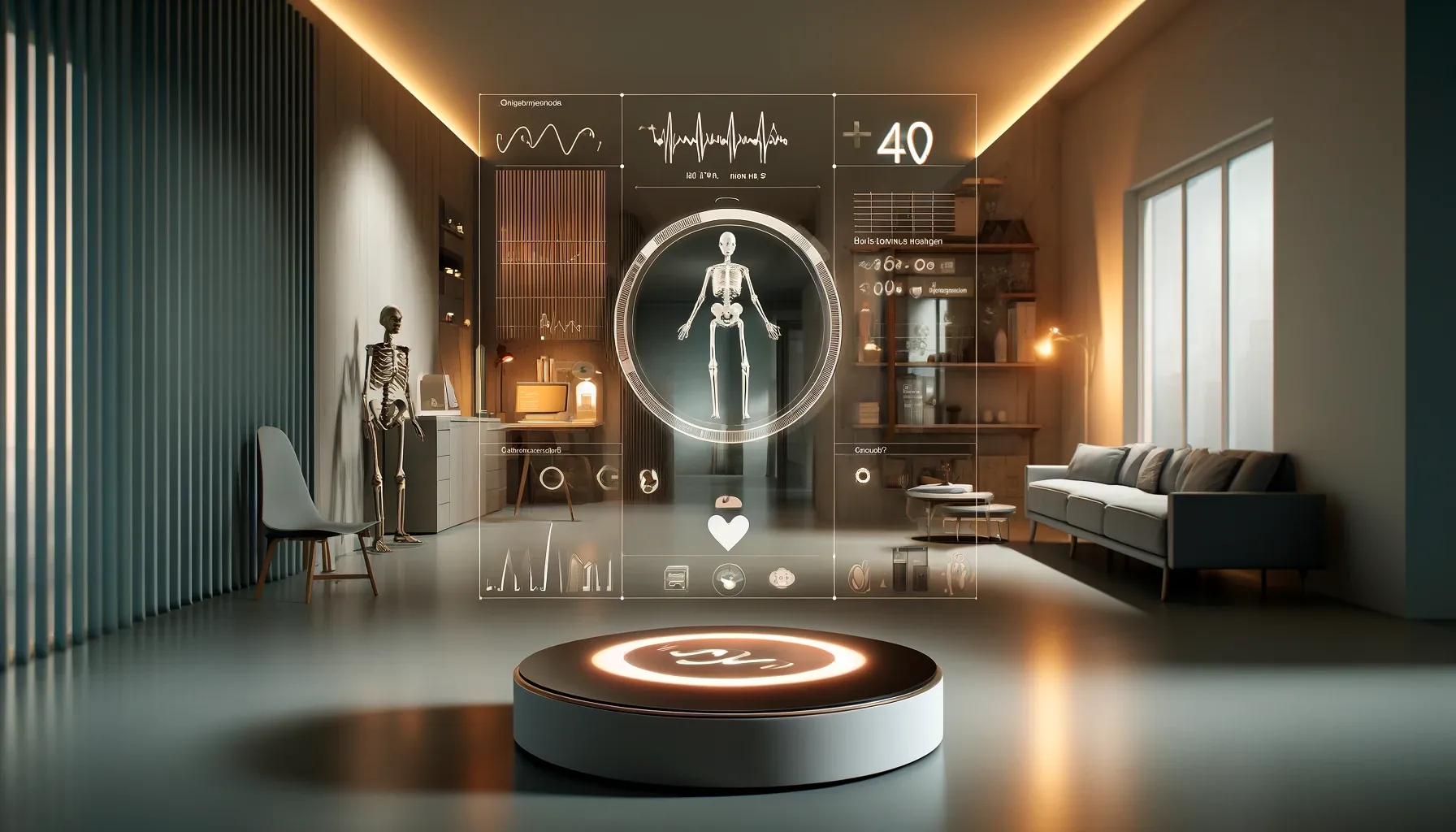
Future healthcare technology is reshaping the way we think about at-home care. Innovations such as telehealth advancements, AI-driven tools, and remote patient monitoring devices are breaking down traditional barriers to care, while improving accessibility and patient satisfaction.
By staying informed about these trends, healthcare professionals, caregivers, and tech enthusiasts can help drive this revolution forward to ensure better healthcare outcomes for everyone.
Want to stay updated on the latest in digital health and home healthcare innovation? Subscribe to our newsletter and learn how these technologies are transforming lives every day.
FAQs
- What is at-home healthcare technology?
At-home healthcare technology includes innovations like telehealth services, remote patient monitoring (RPM), wearable health devices, AI-powered diagnostics, and smart home medical devices that enable patients to receive medical care from their homes. - How is telehealth improving at-home care?
Telehealth allows patients to consult doctors via video calls, access digital prescriptions, and receive virtual follow-ups, reducing the need for in-person visits while ensuring continuous care. - What are remote patient monitoring (RPM) devices?
RPM devices are wearable health trackers, smart blood pressure monitors, and glucose meters that collect real-time health data and share it with healthcare providers for proactive treatment. - How does AI contribute to at-home healthcare?
AI assists in early disease detection, virtual health assistants, automated diagnostics, and predictive analytics, making healthcare more personalized and efficient. - Are smart home medical devices safe to use?
Yes, smart medical devices are designed with secure data encryption and regulatory compliance to ensure patient safety and privacy. However, users must follow proper guidelines and update firmware regularly. - Can wearable health devices replace regular doctor visits?
While wearable health devices help track vital signs and detect anomalies, they do not replace professional medical assessments. They work as a supplement to improve overall health management. - What are the main benefits of at-home healthcare technology?Convenience: Reduces hospital visits.Cost Savings: Lowers medical expenses.Continuous Monitoring: Enhances chronic disease management.Accessibility: Provides healthcare for remote populations.
- What are the challenges of at-home healthcare technology?
Key challenges include data privacy concerns, technology adoption barriers for elderly patients, and the need for stable internet connections for telehealth services. - How is AI revolutionizing remote patient monitoring?
AI enhances real-time health tracking, automates alerts for abnormal health patterns, and provides predictive insights to prevent severe medical conditions. - What is the future of at-home healthcare technology?
The future includes 5G-enabled telemedicine, AI-driven personalized treatments, home-based robotic healthcare assistants, and smart diagnostic tools to enhance patient care at home.



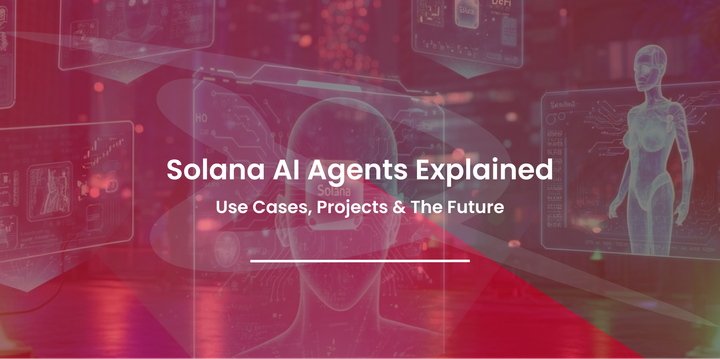
Comments ()